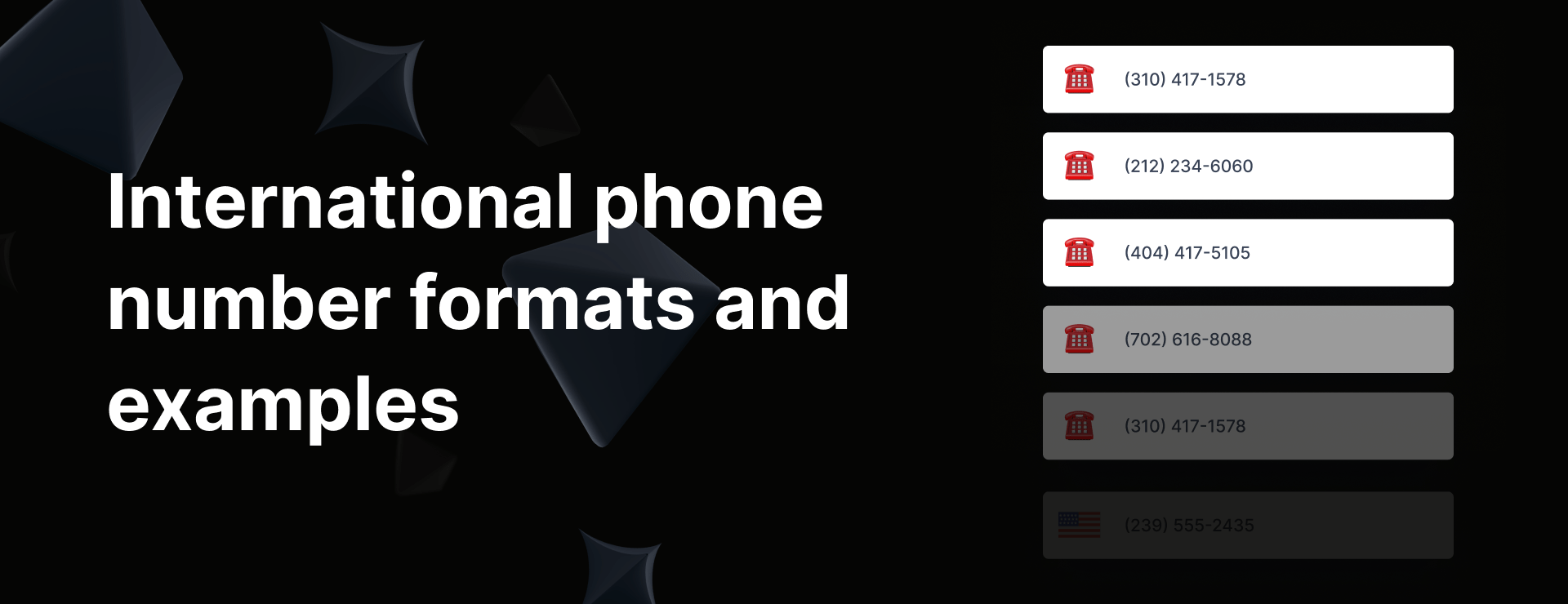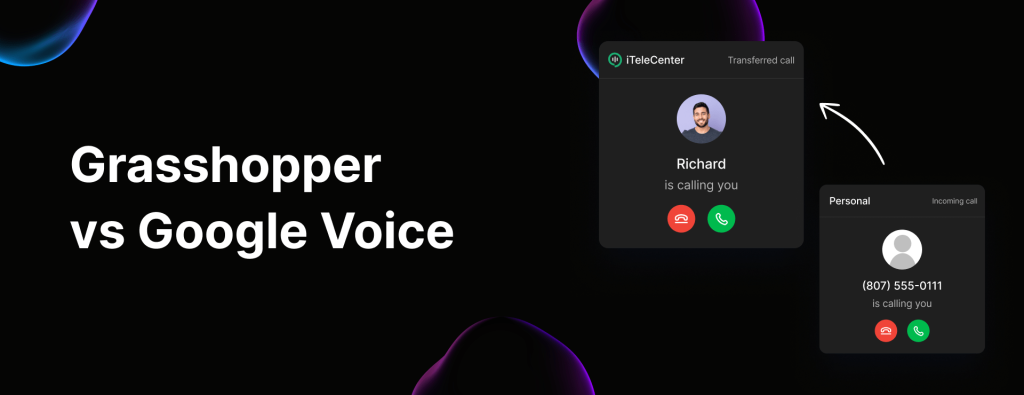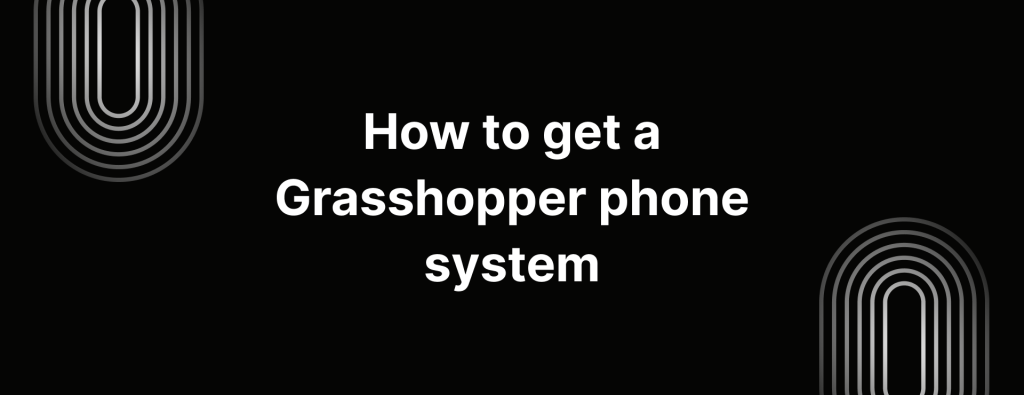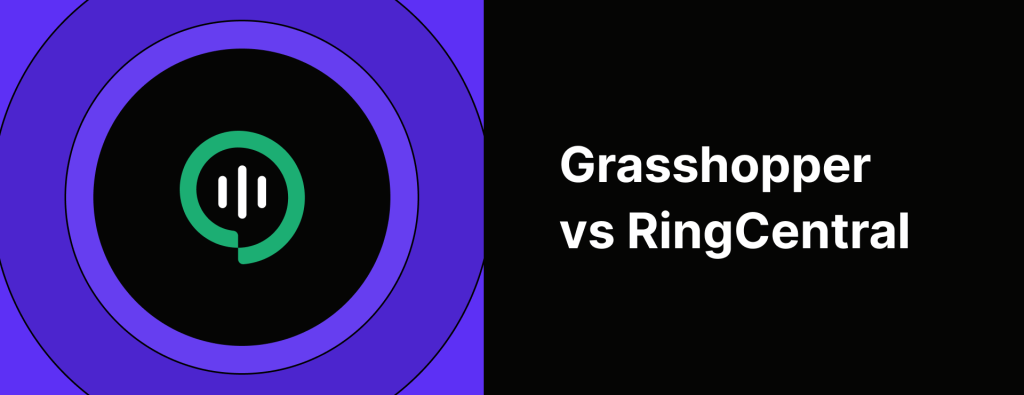International phone number formats and examples

From telegram to smartphone today, the distance between you and your loved ones has been reduced to a call away. It has now become cheaper and easier to get in touch, whether it is with your colleagues, friends, or loved ones. Tell us if we are wrong.
Do you remember the time when it took you over a few seconds to connect with someone abroad? We are sure it will be hard to jog your memory. And how has it become possible? Thanks to the international phone number.
International phone numbers allow you to make and receive calls across borders. However, many people do not know about international phone number formats, which allow you to make calls easily. So, if you are struggling to find an international phone number or have no idea what to do, then this guide is for you.
In this guide, we will cover the international phone number formats along with do’s and don’ts to make the job easier.
What is the international phone number format?
The international phone number formats are a standard way of writing phone numbers, which allows you to make phone calls internationally.
This way of formatting is universally accepted and is understood regardless of the country’s local numbering format. Through this way of formatting, the number can easily be identified through sequence and country code.
What are the components of an international phone number?
International phone number formats – they use a particular formatting system that ensures consistency and ease in dialing from one country to another. This formatting uses certain components, including:
1. Country code
A phone number’s country code is the numeric code that is present at the beginning of the phone number and is used to represent a specific country. It is essential to identify the country or location of an international number. For example, the US country code is +1, while the country code for India is +91.
2. National destination code(NDC) or Area code
The National Destination Code is nothing but the area or regional code of a number. It is used to identify the specific area, city or network of the country. This code varies depending on the country and can have different lengths as well. For example, the NDC of London is 20, whereas New York has the area code 212.
3. Subscriber number
The subscriber number is the rest of the number, which is towards the end of the number and is the actual phone number of an individual or business. This part, too, varies in length depending on the country or region. A number from the US looks something like +1-212-555-2345, where 555-2345 is the local subscriber number.
4. Punctuation
International phone numbers usually contain punctuations such as hyphens, spaces, or parentheses. These symbols are usually omitted while dialing a number. However, the + in the prefix still stays the same.
What are the types of international phone numbers?
There are various types of international phone numbers, and you should know about them to know how international phone numbers work. Here are the types of international phone numbers:
1. Toll-free numbers
Toll-free numbers are the phone numbers through which callers can contact businesses or organizations without the need for any additional long distance charges. These numbers also include unique prefixes and cover both national and international calls.
2. Emergency numbers
Emergency numbers are basically just short codes used within specific countries for emergency services. Some emergency numbers are used in several countries for ease of use. It can be used to contact police, ambulance, fire services, etc.
3. Mobile numbers
Mobile numbers are used in mobile phones and are meant for personal or professional use only. They follow the international format and begin with a country code.
4. Virtual phone numbers
Virtual phone numbers aren’t meant for any particular place or region. These numbers are internet-based and can be used from anywhere. Businesses usually opt for virtual phone numbers for national and international communications without the need for phone lines.
5. Premium rate numbers
The premium rate numbers are the numbers that charge higher rates from callers. These numbers are often used for customer services. Moreover, even services like technical support, live chats, voting lines, and entertainment use these numbers.
How do you write different countries’ phone numbers in an international format?
The international format of a phone number maintains functionality and ease for dialing across borders. However, every country has its own unique style. Here is the list of a few countries with their formatting that will help you understand how to write phone numbers with country codes:
1. United States international phone number format
The US phone number international formats look something like this:
Format: +1 (Area Code) (Local Number)
USA Country Code: +1
Example: +1 212 555 2345
The area code of the US typically consists of three digits followed by a seven-digit long number. The country code of 1 is added before the whole number.
2. Germany international phone number format
Here is the international phone format for Germany:
Format: +49 (Area Code) (Local Number)
Country Code: +49
Example: +49 30 12345678
While dialing domestically, German numbers require a 0 at the beginning of their area code. However, that 0 is removed in the international format. The local German number is eight digits long.
3. United Kingdom international phone number format
Here is one of the international phone number examples of the United Kingdom:
Format: +44 (Area Code) (Local Number)
Country Code: +44
Example: +44 20 7987 0123
Like the German international format, UK’s international phone number formats also doesn’t have a zero at the beginning of the area. The length of the local number can vary.
4. Japan international phone number format
The Japanese international phone number format is something like the one given below:
Format: +81(Area Code) (Local Number)
Country Code: +81
Example: +81 3 1234 5678
Just like the formatting of German and UK, Japan too uses 0 in front of its area code in local calls and omits it during international ones. Japanese local numbers are usually seven to eight digits long.
5. Canada international phone number format
The Canadian international phone number format is as given below:
Format: +1(Area Code) (Local Number)
Country Code: +1
Example: +1 416 555 4321
Canadian numbers use the same country code as the US international phone code. They, too, have a three-digit area code and a seven-digit local number.
6. Italy International Phone Number Format
Here is how the Italian international phone number format looks:
Format: +39(Area Code) (Local Code)
Country Code: +39
Example: +39 6 12345678
The Italian phone number format, too, contains a 0 in front of their area code, which is removed in international phone calls. The number is also written without spaces internationally.
7. India international phone number format
This is what the Indian international phone number format looks like:
Format: +91(Area Code) (Local Number)
Country Code: +91
Example: +91 98765 43210
While Indian landline numbers have an area code, mobile numbers in India are randomized and are 10 digits long. The area code of India also has a leading 0.
8. Brazil’s international phone number format
The Brazilian international phone number format is something like the one given below:
Format: +55 (Area Code) (Local Number)
Country Code: +55
Example: +55 11 98765 4321
The Brazilian area code is of two digits, and their local number is typically 8 to 9 digits long. Their mobile numbers usually start with a 9.
9. Australian international phone number format
The Australia country code and international phone number format is as given below:
Format: +61 (Area Code) (Local Number)
Country Code: +61
Example: +61 312 345 678
Australian numbers have a 0 in front of their area codes during domestic calls but are omitted in international calls. The mobile numbers typically begin with a 4.
International phone numbers: Do’s and Don’t
When it comes to international phone numbers, there are certain practices that you need to follow to have successful communication. Here are 8 Do’s and Don’ts that you must follow:
Do’s
- Use the correct international format and begin with the symbol “+,” after which you can write the country code, area code, and phone number.
- You need to confirm the recipient’s local time before calling them to avoid disturbing them. Therefore, always check the time zone first.
- Verify the number and double-check it for accuracy to avoid dialing mistakes.
- Remember to include your country code when sharing your number since it becomes easier for people abroad to reach you.
- Always use a reliable calling method like VoIP services like iTeleCenter for better connectivity and for lower costs.
- Do not forget to respect cultural norms. Be aware of local customs regarding phone etiquette.
- Label the number appropriately and don’t forget to specify the country when sharing a contact.
- Make sure that you are clear and brief when communicating internationally so as to avoid misunderstandings.
Don’ts
- Do not ever use local formats while dialing an international number, as it can lead to confusion and dialing the wrong number.
- You should never assume prefixes since every country has its own unique prefix. One prefix cannot be used everywhere, so make sure to do proper research on it.
- Do not use punctuation unnecessarily since not every phone operating system understands the punctuation format.
- Always verify your number before sharing or calling. Especially when it comes to business support, calling the wrong number can also cost you additional charges.
- Don’t forget the regional differences and area codes since some countries also have different formats for landlines and mobile.
- Remember that your time zones might be different than theirs. So don’t forget to check the time in their country to avoid any disturbance.
- Even while sharing the number, don’t forget to mention the context and remember to mention relevant details about the number, like whether it is personal or business.
- Don’t ever call an international number without adding the country code.
Conclusion

There are several reasons to understand international phone number formats, and we hope that through this guide, you’ve understood them all. This ensures smooth communication across borders. The country code, prefixes, and local digits are very important so that you do not accidentally call the wrong person.
Alternatively, if you are a business owner, try iTeleCenter. Turn your smartphone or computer into a business phone system. You can easily start by picking a number: local, toll-free, or vanity, then find the right plan for yourself and start calling. Sign up for our 14-day trial pack today!
Frequently asked questions
Why is the ‘+’ symbol used in international numbers?
The '+' symbol is used in international phone numbers as a universal prefix. It indicates the need to dial the international access code specific to the caller's country. Standardizing the format with '+' ensures that a phone number can be dialed from any location worldwide.
Is it necessary to add a country code every time I dial internationally?
Yes, it is necessary to add a country code every time you dial internationally. This is done mostly to avoid any ambiguity. It also ensures making the correct connection of the dialed number to the correct country.
What happens if I do not remove the leading zero in the area or mobile number?
If you do not remove the leading zero while dialing internationally, the call may fail or reach an incorrect number. The leading zero is a part of local dialing conventions and is used only within the country. However, in the international format, the country code replaces the need for the zero.
Can I use spaces or hyphens in international numbers?
While you can use spaces or hyphens in international numbers while writing down only for the purpose of reading or remembering it, when dialing the number, don't use spaces and hyphens as these are not included in the format of international calling and are typically omitted.
How to write a phone number with a country code?
Always begin with the + symbol in the prefix and then continue with the country code. After writing the proper country code, type the area code and the rest of the number. If the area code contains 0 in the beginning, then make sure to omit it.
How are international toll-free numbers written?
International toll-free numbers are written in several formats. It usually contains the country code and the local toll-free number. These numbers typically begin with a prefix, such as +0800 in the UK, and vary depending on the region, followed by the country code and the specific toll-free number.
Are there exceptions to standard formatting rules?
Yes, there are several exceptions when it comes to standard formatting rules. For example, emergency numbers and toll-free numbers have different systems for formatting a number. Certain systems also have limitations in characters.
Can I send text messages to international numbers?
Yes, you can send text messages to international numbers, but there are a few things that you have to check. First, the mobile carrier must support international texting, as additional charges may apply depending on your plan. You must also include the correct country code before the number and remember that the time zones also vary.
How do you identify the country of the international phone number?
To identify the international phone number, look at the first part of the number, which is the country code. If you are unaware of country codes, then you can go to the internet to search for the number or find a directory containing all country codes.
Table of Contents
Test drive iTeleCenter for free
Try for free



